Start of a Mozart opera title: “Die” sets the stage for this enthralling narrative, offering readers a glimpse into a story that is rich in detail and brimming with originality from the outset. Dive into the captivating world of Mozart’s operas, where music, drama, and history intertwine to create masterpieces that have stood the test of time.
From the iconic “Die Zauberflöte” to the beloved “Die Entführung aus dem Serail,” Mozart’s operas that begin with “Die” have captivated audiences for centuries. These works showcase his extraordinary musical genius, showcasing a range of styles, from the playful and comedic to the deeply emotional and dramatic.
Notable Works
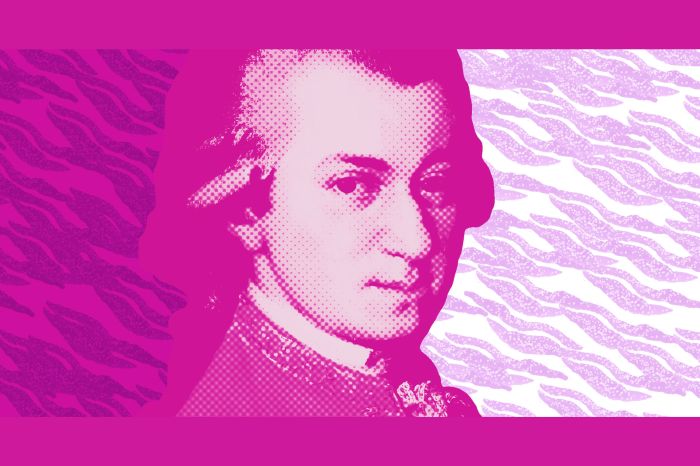
Mozart’s operas beginning with the word “Die” hold significant importance in his career. These operas showcased his musical genius and established him as a master of opera composition.
Die Entführung aus dem Serail
- One of Mozart’s earliest successes
- Premiered in 1782, it combines elements of German Singspiel and Italian opera buffa
- Notable for its lively melodies, exotic instrumentation, and exploration of themes such as love, freedom, and cultural differences
Die Zauberflöte
- Mozart’s last opera, completed just months before his death
- Premiered in 1791, it is a Singspiel with Masonic symbolism and allegorical themes
- Features some of Mozart’s most memorable melodies and complex musical structures
Musical Characteristics: Start Of A Mozart Opera Title
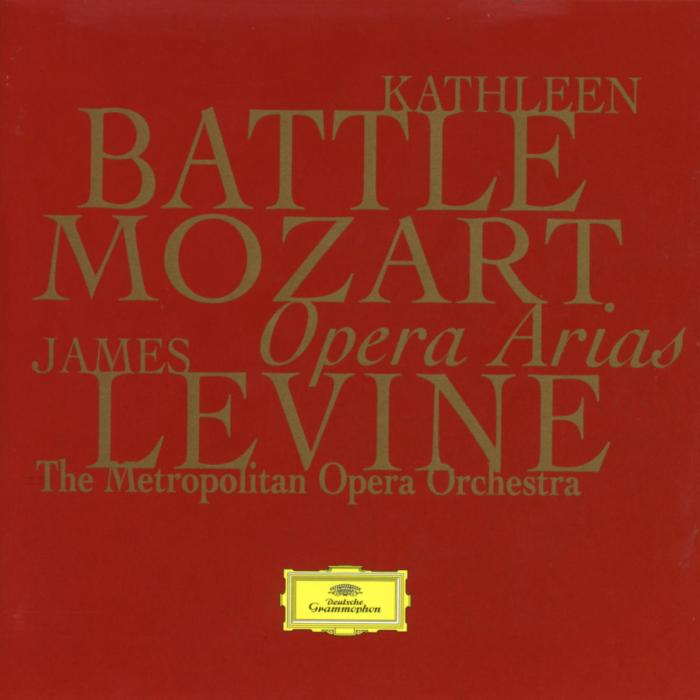
Mozart’s operas that begin with “Die” showcase his mastery of operatic composition. These works are characterized by their lyrical melodies, dramatic harmonies, and innovative use of orchestration.
Overtures, Start of a mozart opera title
The overtures to Mozart’s “Die” operas serve as brilliant introductions, capturing the essence of the drama to come. They often feature themes that recur throughout the opera, establishing the musical motifs associated with characters and events. The overture to Die Zauberflöte, for instance, includes the famous “Magic Flute” theme, which symbolizes the quest for enlightenment and the triumph of good over evil.
The initial notes of a Mozart opera can evoke a sense of wonder and anticipation. But amidst the celestial melodies, one might ponder deeper questions, such as whether a crucifix constitutes a graven image . As the opera unfolds, its themes of love, loss, and redemption resonate with our own human experiences, reminding us of the profound mysteries that surround us.
Arias
Arias in Mozart’s “Die” operas are showcases for the vocal virtuosity of the singers. These extended solo pieces allow characters to express their innermost emotions, from love and longing to despair and anger. Mozart’s arias are known for their soaring melodies, intricate ornamentation, and dramatic cadenzas.
The aria “Voi che sapete” from Le nozze di Figaro, sung by the Countess Almaviva, is a prime example of Mozart’s ability to create arias that are both emotionally resonant and technically demanding.
Ensembles
Ensembles play a crucial role in Mozart’s “Die” operas, providing opportunities for characters to interact and advance the plot. From intimate duets to elaborate choruses, Mozart’s ensembles are characterized by their skillful use of counterpoint, rich harmonies, and expressive melodies.
The ensembles in Così fan tutte, for example, showcase Mozart’s mastery of comic timing and his ability to create ensembles that are both musically and dramatically satisfying.
Librettists and Collaborators
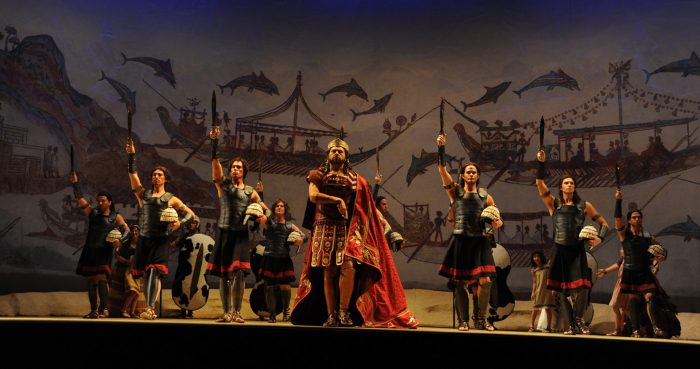
Wolfgang Amadeus Mozart collaborated with several notable librettists on operas that begin with “Die”. These partnerships played a crucial role in the success of these works.
Emmanuel Schikaneder
Emmanuel Schikaneder was a prolific librettist and actor who collaborated with Mozart on two operas: Die Zauberflöte(1791) and Der Schauspieldirektor(1786).
Schikaneder’s librettos were known for their fantastical elements, humor, and theatrical flair. He had a keen understanding of Mozart’s musical style and created texts that allowed the composer to showcase his virtuosity.
Historical Context

Mozart’s operas that begin with “Die” were composed during a period of significant social and cultural change in Europe. The late 18th century witnessed the rise of the Enlightenment, a philosophical movement that emphasized reason and individualism. This led to a shift in artistic tastes, with audiences increasingly drawn to works that reflected the complexities of human nature and explored social issues.
The emergence of the bourgeoisie as a powerful social class also influenced the development of opera. The bourgeoisie sought entertainment that reflected their own values and experiences, and they were particularly drawn to operas that featured domestic settings and realistic characters.
Social and Cultural Factors
The social and cultural factors that influenced the composition and reception of Mozart’s operas that start with “Die” can be summarized as follows:
- The rise of the Enlightenment and the emphasis on reason and individualism
- The emergence of the bourgeoisie as a powerful social class
- The desire for entertainment that reflected the complexities of human nature and explored social issues
Modern Interpretations
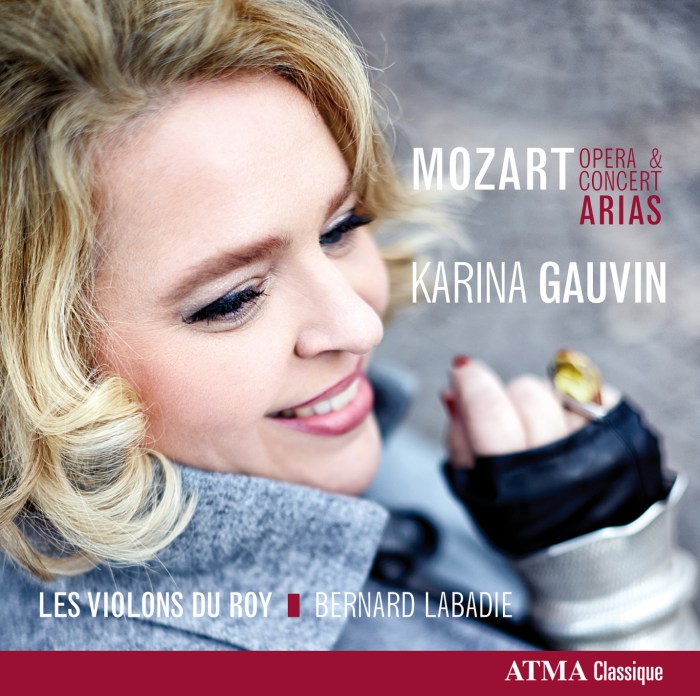
Modern productions and interpretations of Mozart’s operas that begin with “Die” often explore contemporary themes and aesthetics while staying true to the original musical and dramatic intentions. Directors and performers bring fresh perspectives, using innovative staging, updated set designs, and diverse casting to engage modern audiences.
These interpretations aim to make the operas more accessible and relevant, while still respecting the composer’s genius. They explore social and political issues, challenge traditional gender roles, and incorporate elements of different cultures to create dynamic and thought-provoking productions.
Staging and Set Design
- Modern productions often use minimalist or abstract set designs to focus on the characters and their interactions. This allows for greater flexibility in interpretation and encourages the audience to use their imagination.
- Directors may use projections, lighting, and other technological elements to create immersive and visually stunning experiences that enhance the storytelling.
- Historical settings may be updated to contemporary times, or the operas may be set in completely different locations, to explore universal themes in a new context.
Cultural Impact
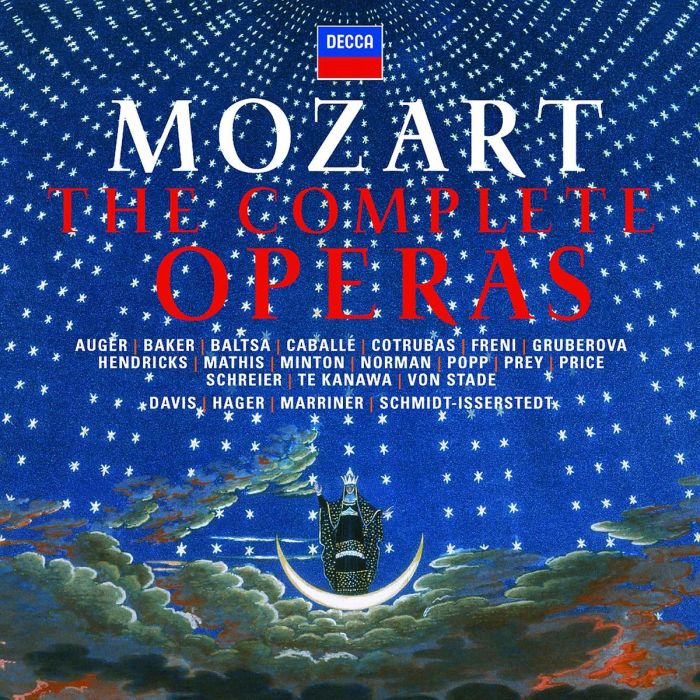
Mozart’s operas that begin with “Die” have left a profound cultural impact on the world of music and beyond. Their enduring popularity and influence have shaped the development of opera as an art form and continue to resonate with audiences today.Mozart’s
operas were groundbreaking in their time, pushing the boundaries of musical expression and storytelling. They showcased his mastery of melody, harmony, and orchestration, creating works of unparalleled beauty and emotional depth. His operas became immensely popular during his lifetime and beyond, captivating audiences with their dramatic narratives, memorable characters, and exquisite music.
Influence on Other Composers
Mozart’s operas had a profound influence on subsequent generations of composers. They inspired composers such as Beethoven, Schubert, and Wagner, who incorporated elements of Mozart’s style and techniques into their own works. Mozart’s operas also helped establish the standard for operatic form and structure, which became the foundation for many future operas.
Influence on Musicians and Audiences
Mozart’s operas continue to be performed and enjoyed by musicians and audiences worldwide. Their timeless melodies and compelling stories have captivated generations of listeners. The operas have also inspired countless musicians, singers, and conductors, who have dedicated their lives to performing and interpreting Mozart’s works.
Q&A
What is the significance of Mozart’s operas that start with “Die”?
These operas represent some of Mozart’s most celebrated works, showcasing his musical genius and contributing to his legacy as one of the greatest composers of all time.
What are some of the notable musical characteristics of these operas?
Mozart’s operas that start with “Die” often feature overtures that establish the mood and themes of the opera, as well as arias that showcase the vocal prowess of the singers. The use of ensembles allows for dramatic interactions between characters.
Who were some of the librettists who collaborated with Mozart on these operas?
Mozart collaborated with librettists such as Emanuel Schikaneder and Lorenzo da Ponte, who provided the texts for some of his most famous operas, including “Die Zauberflöte” and “Don Giovanni.”